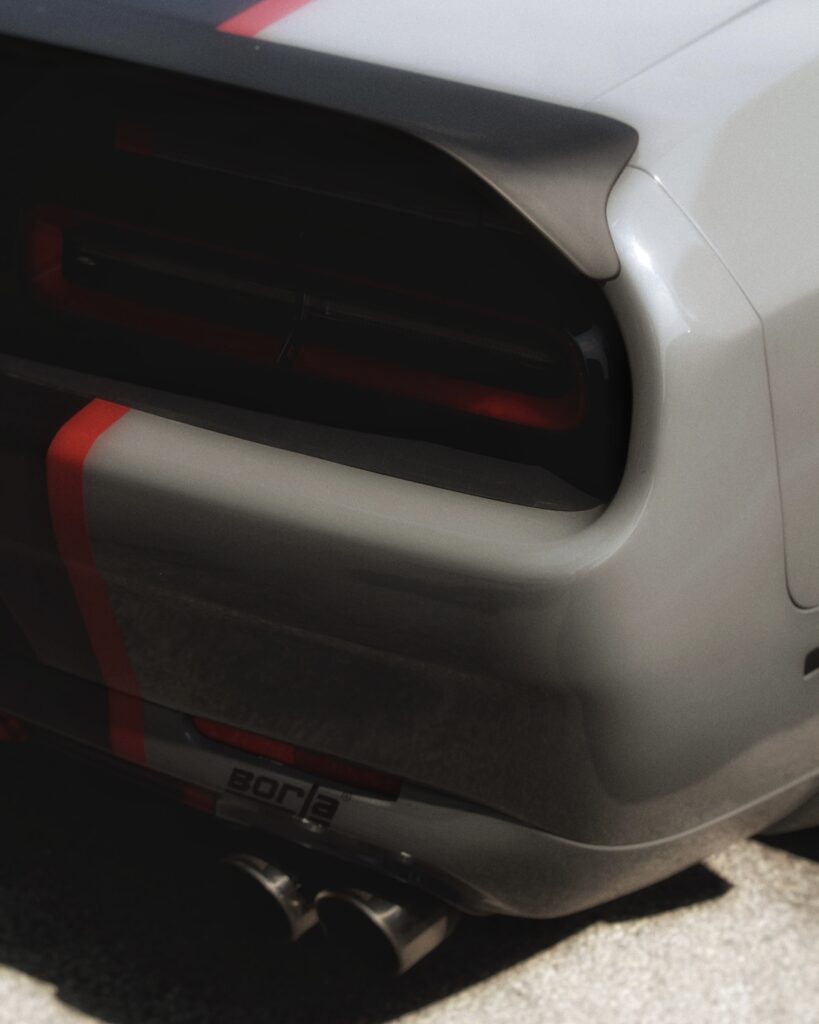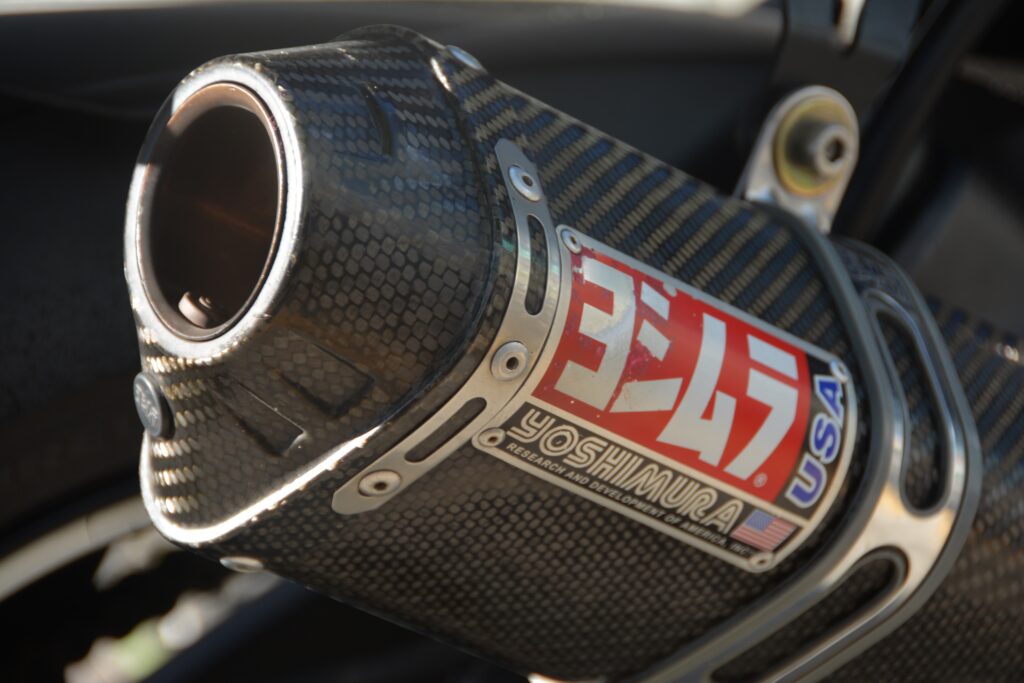Welcome! In this article, we’ll explore whether a damaged exhaust system can be repaired. We’ll discuss different types of damages, such as leaks or holes, and examine common repair methods. Additionally, we’ll learn about the potential risks and consequences of driving with a damaged exhaust system. So, if you’re wondering whether it’s possible to fix your exhaust system, keep reading to find out!
Introduction
An exhaust system is a crucial component of your vehicle that plays a significant role in maintaining its performance and functionality. It helps to remove harmful gases from the engine and reduce noise levels. However, over time, your exhaust system can become damaged due to various factors such as wear and tear, accidents, or corrosion. The question arises: Can a damaged exhaust system be repaired? In this article, we will explore the importance of an exhaust system, common types of damage, signs of a damaged exhaust system, inspection and diagnosis methods, possible solutions for repair, considerations for professional and DIY repairs, costs, and factors to consider when deciding on a repair.
What is an exhaust system?
An exhaust system is a network of pipes, mufflers, and other components that guide exhaust gases away from the engine and out of the vehicle. It consists of several parts, including the exhaust manifold, catalytic converter, muffler, and tailpipe. Each component serves a specific purpose in improving the overall performance and efficiency of your vehicle.

Importance of an exhaust system
The importance of an exhaust system extends beyond just reducing noise and emissions. It also helps to improve fuel efficiency, engine performance, and overall longevity of your vehicle. A properly functioning exhaust system ensures that harmful gases are safely expelled, preventing them from entering the cabin and causing health issues for the occupants. Furthermore, it helps to reduce engine backpressure, allowing the engine to breathe more efficiently and increasing power output.
Types of damages
Exhaust systems can be damaged in various ways, and understanding the types of damage can help you identify and address issues promptly. Some common types of exhaust system damage include:
Cracked or broken exhaust pipe
Over time, exposure to extreme temperatures, road debris, and corrosion can cause the exhaust pipe to crack or break. This can result in loud noises and potential performance issues.
Holes or leaks in the muffler
Holes or leaks in the muffler can cause excessive noise and impact the overall performance of your vehicle. They can be caused by rust, corrosion, or physical damage.
Damaged or rusted catalytic converter
The catalytic converter is a vital component in reducing harmful emissions. If it becomes damaged or rusted, it can lead to decreased engine performance and increased emissions.
Loose or disconnected hangers and brackets
The hangers and brackets support and secure the exhaust system to the vehicle’s chassis. If they become loose or disconnected, the exhaust system may hang lower than usual, causing potential damage to other components and making it more susceptible to road debris.

Signs of a Damaged Exhaust System
Detecting signs of a damaged exhaust system early on is crucial to prevent further damage and ensure your safety on the road. Here are some common signs to look out for:
Excessive noise
If you notice a sudden increase in noise levels coming from your exhaust system, it could indicate a crack, hole, or leak in the pipes or muffler. Ignoring this can lead to more significant issues down the line.
Poor fuel efficiency
A damaged exhaust system can affect the fuel efficiency of your vehicle. If you notice a decrease in fuel mileage, it may be a sign that your exhaust system needs attention.
Smell of exhaust fumes
If you smell exhaust fumes inside the cabin or near the vehicle, it could indicate a leak in the exhaust system. Inhaling these fumes can be harmful to your health.
Vibrations
Excessive vibrations, especially when idling or accelerating, can be a sign of a damaged exhaust system. These vibrations may be felt through the steering wheel or the floor of the vehicle.
Decreased engine performance
A damaged exhaust system can lead to a decrease in engine performance, including reduced power and acceleration. If your vehicle feels sluggish or lacks responsiveness, it may be time to inspect the exhaust system.
Inspection and Diagnosis
When faced with a potentially damaged exhaust system, it is essential to conduct a thorough inspection and diagnosis to pinpoint the issues accurately. Here are some methods commonly used:
Visual inspection
A visual inspection involves examining the exhaust system for visible signs of damage, such as cracks, holes, or corrosion. This can be done by inspecting the pipes, muffler, and catalytic converter.
Exhaust gas analysis
Exhaust gas analysis involves measuring the levels of gases emitted from the exhaust system. This can help determine if the catalytic converter is functioning correctly and if there are any excessive emissions.
Exhaust system pressure test
A pressure test is performed to identify any leaks or blocked areas within the exhaust system. By pressurizing the system and using a smoke machine, technicians can detect any leaks that may not be visible during a visual inspection.

Possible Solutions for Exhaust System Repair
Once the issues with your exhaust system have been identified, there are several possible solutions for repair. The appropriate solution will depend on the extent and type of damage. Some common solutions include:
Patch or weld repair
For minor cracks or holes in the exhaust pipe or muffler, a patch or weld repair may be sufficient. This involves sealing the damaged area to prevent further issues.
Replacement of damaged components
If the damage is severe or widespread, it may be necessary to replace the damaged components of the exhaust system. This can include the exhaust pipe, muffler, or catalytic converter.
Repairing or reinforcing hangers and brackets
If the hangers or brackets supporting the exhaust system are damaged or rusted, they may need to be repaired or replaced. This ensures proper alignment and support for the entire system.
Professional vs DIY Repairs
When it comes to repairing a damaged exhaust system, there are pros and cons to both professional and DIY repairs.
Benefits of professional repairs
Opting for professional repairs ensures that the job is done correctly and efficiently. Experienced technicians have the knowledge, skills, and tools necessary to diagnose and repair exhaust system issues. They can also provide warranty coverage for the repairs.
Considerations for DIY repairs
DIY repairs may be a cost-effective option for some minor issues, but it is important to consider your level of expertise and access to tools. Improper repairs can lead to further damage and jeopardize your safety on the road. Additionally, DIY repairs may not offer the same warranty coverage as professional repairs.
Safety precautions
Whether you choose professional or DIY repairs, it is crucial to prioritize safety. Working with exhaust systems involves exposure to toxic fumes and can be physically demanding. It is essential to wear protective gear, work in a well-ventilated area, and follow proper safety procedures.
Costs and Factors to Consider
When deciding on a repair for your damaged exhaust system, there are several factors to consider, including costs and availability of replacement parts.
Cost of repair materials
The cost of repair materials can vary depending on the extent of the damage and the specific components that need to be replaced. It is recommended to obtain multiple quotes from reputable repair shops to ensure you are getting a fair price.
Labor costs
Labor costs can vary depending on the complexity and duration of the repair. Professional repairs typically involve higher labor costs compared to DIY repairs. However, professional repairs also come with the assurance of quality workmanship.
Availability of replacement parts
Depending on the make and model of your vehicle, the availability of replacement parts for your exhaust system can vary. It is essential to choose a repair shop or supplier that has access to the necessary components for your specific vehicle.
Warranty coverage
Professional repairs often offer warranty coverage for the work performed and the replacement parts used. This can provide peace of mind knowing that you are protected in case any issues arise after the repair.
Conclusion
A damaged exhaust system can significantly impact the performance, efficiency, and safety of your vehicle. It is crucial to address any issues promptly to prevent further damage and ensure your well-being on the road. By understanding the types of damage, signs of a damaged exhaust system, and possible repair solutions, you can make an informed decision on whether to opt for professional repairs or attempt a DIY fix. Remember to prioritize safety and consider factors such as costs, availability of replacement parts, and warranty coverage. If in doubt, seek professional advice to ensure your exhaust system is repaired effectively and efficiently.
